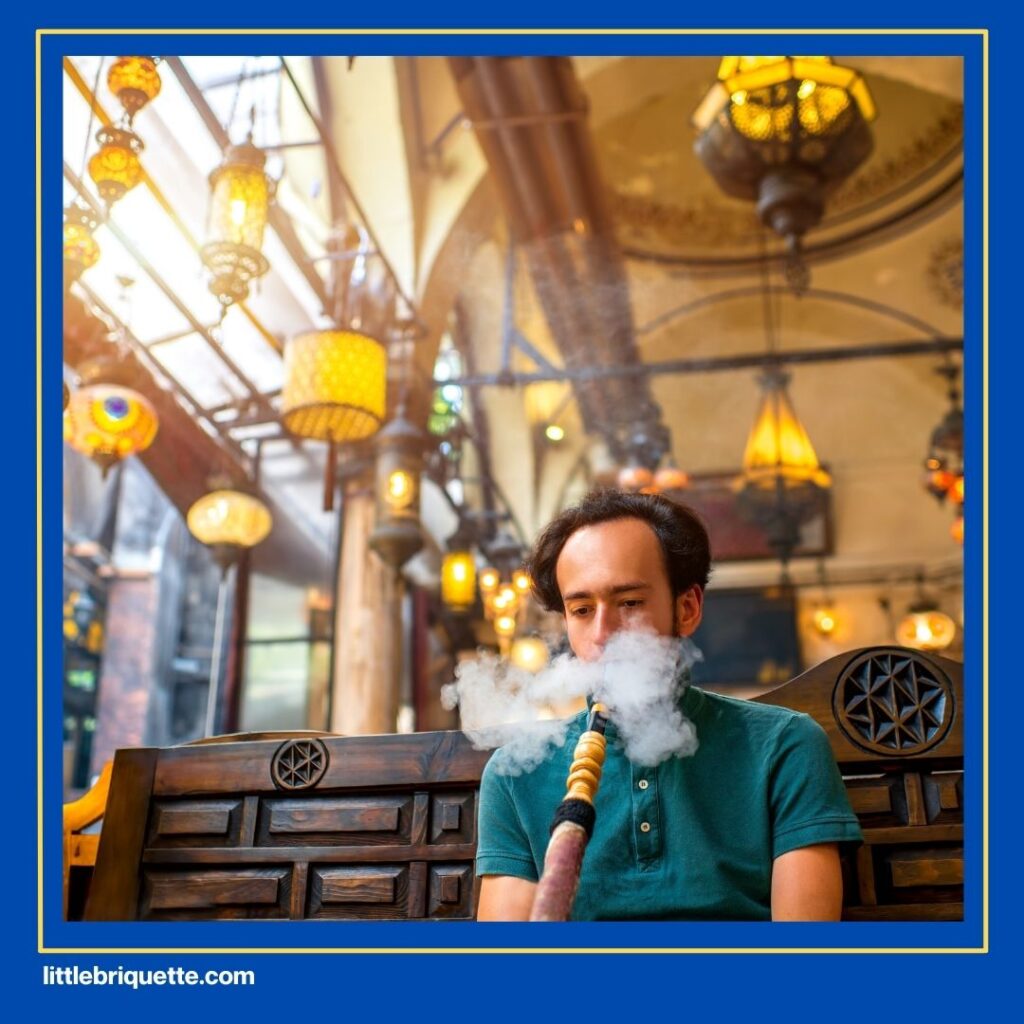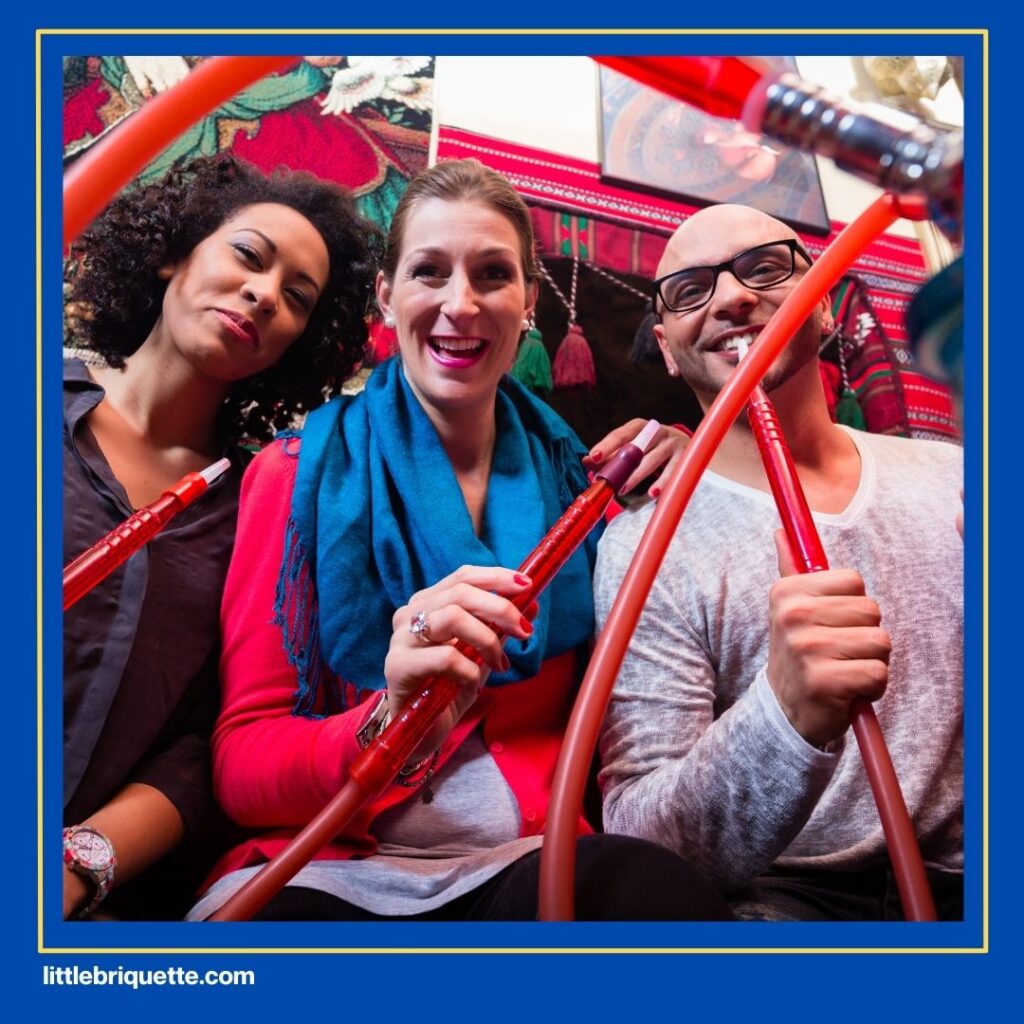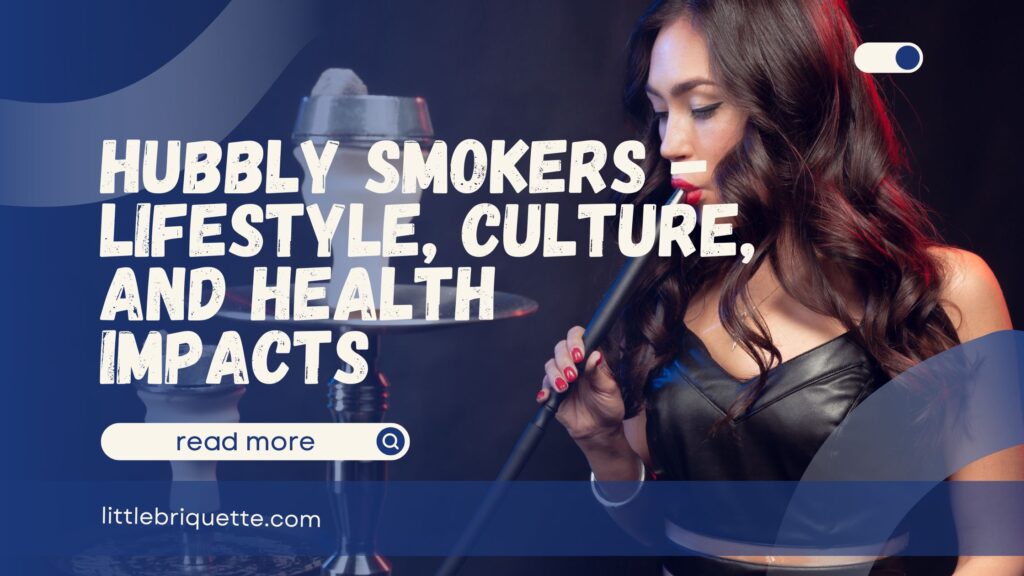Hubbly, often known as hookah, is a device used for smoking tobacco through water. The process of smoking hubbly involves burning tobacco that has been mixed with molasses or honey and is usually flavored with additional tastes such as fruits or spices. The tobacco smoke is then drawn through a water-filled chamber before being inhaled by the hubbly smokers. The following will provide a more detailed explanation of the lifestyle, culture, and health impacts associated with hubbly smoking.
Lifestyle of Hubbly Smokers
Smoking hubbly has become a part of modern lifestyle today. Originally, hubbly, or hookah, was considered an activity for the elite or aristocracy in formal settings. However, over time, hubbly has become increasingly accepted across various social strata. By the late 20th and early 21st centuries, hubbly began to gain popularity in the West, where it was seen as a form of social entertainment and an exotic experience. Hubbly cafes, offering a comfortable atmosphere and distinctive aesthetics, began to emerge in major cities, making it more accessible to a wider audience.
Hubbly smokers often integrate hookah into their social routines as a form of relaxation and entertainment. They might use hookah when gathering with friends, at casual events, or as part of their nighttime habits. The use of hubbly is also frequently associated with special celebrations or important occasions. Typically, hubbly can be enjoyed in places such as hookah cafes, lounges, and nightclubs that offer facilities for smoking.
This trend has undoubtedly influenced lifestyle by introducing elements of exoticism and comfort into social experiences. Hookah cafes, with their inviting atmospheres and attractive decor, have become popular destinations for socializing, making them an integral part of urban and modern lifestyles in various major cities around the world.
Culture of Hookah Smokers
Hookah smokers are associated with several globally recognized cultures. Here are some aspects of hookah culture:
Global Culture of Hubbly Smokers

Hookah usage reflects a wide range of global cultural diversity. In the Middle East, such as in Turkey and Egypt, hookah has been an integral part of social life for centuries. Here, hookah is often enjoyed in formal settings like family gatherings or dinners. The preparation of hookah typically involves skilled and attentive processes, with specific flavors and techniques that can reflect local traditions. It is also frequently viewed as an activity that enhances social interaction and shows respect to guests.
In Western countries, such as in Europe and North America, hookah is more known as a form of modern entertainment and lifestyle. Hookah cafes and lounges, offering comfortable atmospheres and trendy decor, have become popular social spots. In this context, hookah is often associated with relaxed and exotic social experiences, distinct from its traditional Middle Eastern roots. The use of hookah in the West does not always involve ritualistic or formal aspects but is more related to contemporary urban recreation and lifestyle.
Social Aspects

Hookah plays a significant role in various social events, providing an atmosphere for interaction and relaxation. In the Middle East, hookah often becomes the focal point of family gatherings and celebratory events, where the process of smoking hookah involves specific customs and is frequently a symbol of honor for guests. This practice creates a warm and intimate setting, reinforcing social bonds and offering space for meaningful conversations.
In Western countries, for example, hookah has been integrated into café and lounge cultures, becoming a part of trendy social experiences. Hookah cafes often offer a relaxed atmosphere and stylish decor, creating an ideal environment for socializing with friends. Here, hookah is part of recreational and nightlife activities, allowing people to enjoy time together in a comfortable and modern setting.
Symbolism and Tradition

Hookah often symbolizes status and identity across different cultures. In the Middle East, the use of high-quality hookah can signify social status and sophistication. The smoking process, involving specific techniques and special flavor presentations, is frequently seen as a mark of respect and status. Hookah also carries deep ritualistic meaning, with various traditions governing its use and timing, reflecting cultural values passed down through generations.
Read Also: What Is Hookah Made Out Of? Exploring the Materials and Design
Health Impacts for Hubbly Smokers
For hubbly smokers, there are significant health risks associated with this activity. The smoke from a hubbly, which passes through water in the pipe, still contains harmful substances such as nicotine, carbon monoxide, and carcinogenic chemicals. Long-term exposure can lead to respiratory issues like bronchitis and chronic obstructive pulmonary disease (COPD). Additionally, smoking shisha can increase the risk of heart disease and high blood pressure due to nicotine’s stimulating effect on the cardiovascular system. Other health problems include negative effects on oral health and teeth, as well as the potential risk of infection if the pipe is not properly cleaned.
Although hubbly is often seen as a milder alternative compared to conventional cigarettes, recent research indicates that its risks are similar to or even greater than those of traditional smoking. Many people believe that the water filtration involved in hubbly smoking reduces the amount of toxins inhaled. However, scientific studies have shown that water filtration is not effective at removing many of the harmful substances in hookah smoke. In fact, longer hookah sessions can accumulate more toxins than smoking several cigarettes.
When compared to conventional cigarettes and vaping, while vaping may have lower health risks than smoking hubbly and traditional cigarettes, it is not without its dangers, particularly due to the presence of nicotine and other chemicals in vape liquids.
Coconut Charcoal for Optimal Use
Coconut charcoal is used for heating hookah due to its efficiency in producing stable and high-quality heat. Made from coconut shells processed through carbonization, coconut charcoal burns with consistent and long-lasting heat, providing even heating for the hookah without diminishing the tobacco’s flavor. Additionally, coconut charcoal produces less smoke and odor compared to regular charcoal and has a low ash content, making it a cleaner and more environmentally friendly choice for hubbly smokers. These qualities make coconut charcoal ideal for maintaining an optimal and enjoyable smoking experience.
Read Also: Benefits of Coco Hookah Charcoal for an Enjoyable Experience
Coconut Charcoal Retailers
To ensure a satisfying experience, hookah smokers should pay attention to the quality of the coconut charcoal they use. For high-quality coconut charcoal, you can find it at Little Briquette. Contact Little Briquette at this number for an enjoyable smoking experience.

